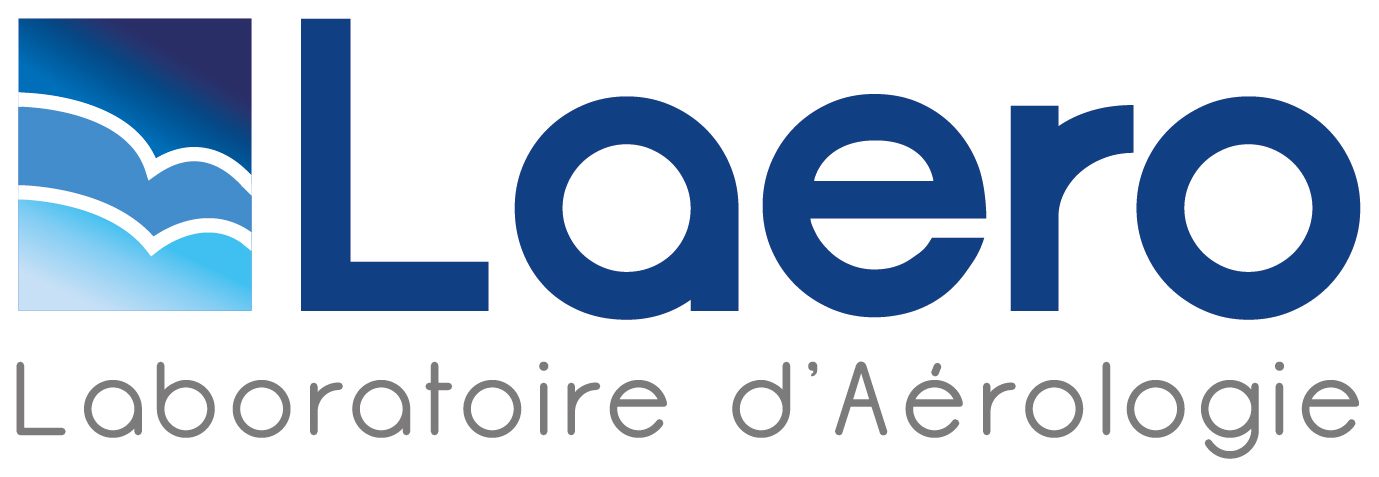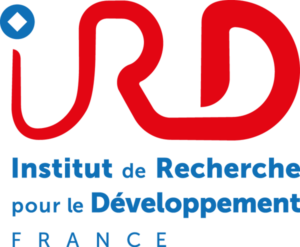SEMINAIRE C. ROMAN-CASCON
Correcting satellite-based precipitation products from SMOS soil moisture data assimilation using two models of different complexity
Carlos Román-Cascón (1,2), Thierry Pellarin (3), François Gibon (3)
(1) Dept. Física de la Tierra y Astrofísica. Universidad Complutense de Madrid, Spain.
(2) Laboratoire d’Aérologie, University of Toulouse, France.
(3) Univ. Grenoble Alpes, CNRS, IRD, Grenoble INP, IGE, Grenoble F-38000, France.
Real-time precipitation information at the global scale is quite useful information for many applications. However, satellite-based precipitation products in real time are known to be biased from real values observed in situ. On the other hand, the information about precipitation contained in soil moisture data can be very useful to improve precipitation estimation, since the evolution of this variable is highly influenced by the amount of rainfall at a certain area after a rain event. In this context, the soil moisture data from the Soil Moisture Ocean Salinity (SMOS) satellite is used to correct the precipitation provided by real-time satellite-based products such as CMORPH, TRMM-3B42RT or PERSIANN. In this work, we test an assimilation algorithm based on the data assimilation of SMOS measurements in two models of different complexity: a simple hydrological model (Antecedent Precipitation Index (API)) and a state-of-the-art complex land-surface model (Surface Externalisée (SURFEX)). We show how the assimilation technique, based on a particle filter method, leads to the improvement of correlation and root mean squared error (RMSE) of precipitation estimates, with slightly better results for the simpler (and less expensive computationally) API model. This methodology has been evaluated for six years in ten sites around the world with different features, showing the limitations of the methodology in regions affected by mountainous terrain or by high radio-frequency interferences (RFI), which notably affect the quality of the soil moisture retrievals from brightness temperatures by SMOS. In a posterior step, the methodology has been applied with the API model at the global scale, showing its real powerfulness and opening the way towards its operational application.
Associated reading:
Román-Cascón, C., Pellarin, T., Gibon, F., Brocca, L., Cosme, E., Crow, W. … & Massari, C. (2017). Correcting satellite-based precipitation products through SMOS soil moisture data assimilation in two land-surface models of different complexity: API and SURFEX. Remote Sensing of Environment, 200, 295-310.
https://www.sciencedirect.com/science/article/pii/S0034425717303905






